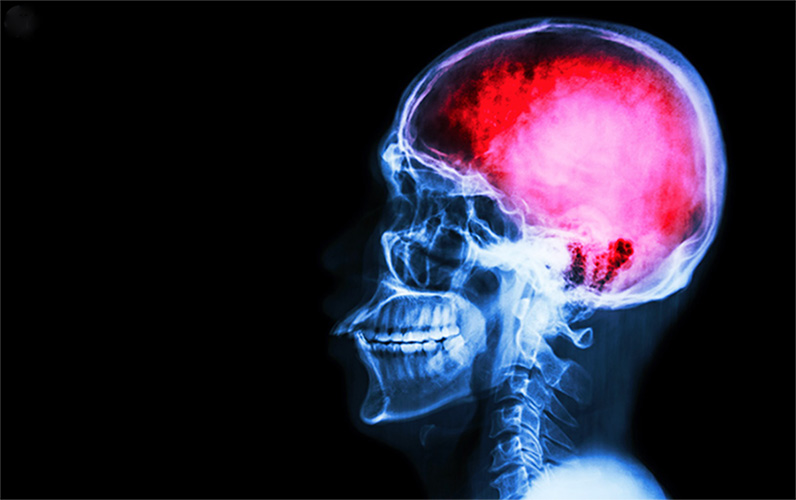In a new study of 2,047 New England private high school student-athletes published in the Journal of School Health, 33 percent of students self-reported experiencing a concussion in their lifetime.
Researchers said the study is significant as most of the surveillance information about concussions has been conducted with samples of public school students. In a 2018 national study, 15 percent of high school students reported having at least one sport- or recreation-related concussion in the past 12 months.
Similar to findings in public school studies, the students in this study who were at risk of an increased incidence of a concussion included males, students playing contact sports and those participating in multiple sports seasons. However, the private schools in the study mandated all students participate in a sport or athletic activity. Although there are many benefits to sports participation, this universal policy for all students could also potentially increase exposure to injury and concussion.
Additionally, all schools in the study had at least one or more full-time certified athletic trainers on staff. Studies have suggested the presence of athletic trainers can increase concussion reporting among students. A large study of public and private high schools found that only 35 percent of schools have full-time athletic training services, and an additional 30 percent of schools have only part-time services.
Finally, the composition of sports and the requirement for sports participation in the study is likely not representative of public high schools. For example, private schools often offer a variety of athletic options (e.g., hockey, crew, sailing, squash) not typically found in public schools. In the study, football, the most commonly played sport among high school boys, was not even ranked in the Top 10 for the primary sport played among student-athletes in the sample.
More research is warranted to assess the risk and prevalence of concussion among adolescents in different school settings to provide evidence-based concussion prevention strategies and management information.
















